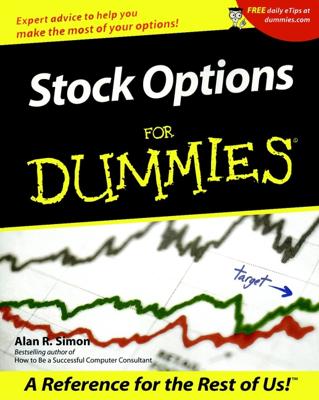Many investors use a combination position for options, such as put options as a form of insurance for existing stock positions. You can buy puts for stocks you own, as well as for those you don’t own because holding the underlying asset is not a requirement in the listed option markets.
A combined position can be structured in two distinct ways:
Stock and options for a single underlying stock
Multiple options for a single underlying stock
In addition to creating a risk graph for a single stock or option position, you can also create ones for combined positions. This comes in handy, giving you easy access to the reward profile for the position and, more importantly, its risk profile.
Trading options with stock
Three basic combination positions for long stock and options include the following:
A married put position
A covered call position
A collar position
In each case, long stock is paired with a long put, a short call, or both to improve the risk and/or reward potential. Similar combination positions can be applied to a short stock position.
You can hold a stock position and purchase options on that same stock to change the risk or reward profile for the stock, or you can hold option positions without holding a position in the underlying.
Trading options with options
You can construct multiple combination positions by using multiple options to capitalize on certain market conditions or to improve the risk and/or reward potential. Different market conditions include the following:
High relative volatility
Low relative volatility
Sideways stock movement
Directional stock movement (up or down)
After you formulate an outlook or identify a market trend, you can combine different strike prices and options to vary risk and reward.
Profiling a combined position
You can design risk graphs for combination positions by first drawing the risk graph for each individual position and then overlaying them. You then check to see if the risks or rewards for any one position provide a cap for the unlimited or limited-but-high risks or rewards for the other position.
This is better understood through example. The figure displays the risk graph for a married put position, one that combines long stock and a long put for the same stock.
![[Credit: Image by Optionetics]](https://www.dummies.com/wp-content/uploads/472451.image0.jpg)
This trade creates a risk-reward profile that is similar to a long call, once you account for the put premium in the breakeven price. By adding the put, you minimize losses for the stock. At the same time, your potential rewards remain unlimited after accounting for the new breakeven point.

